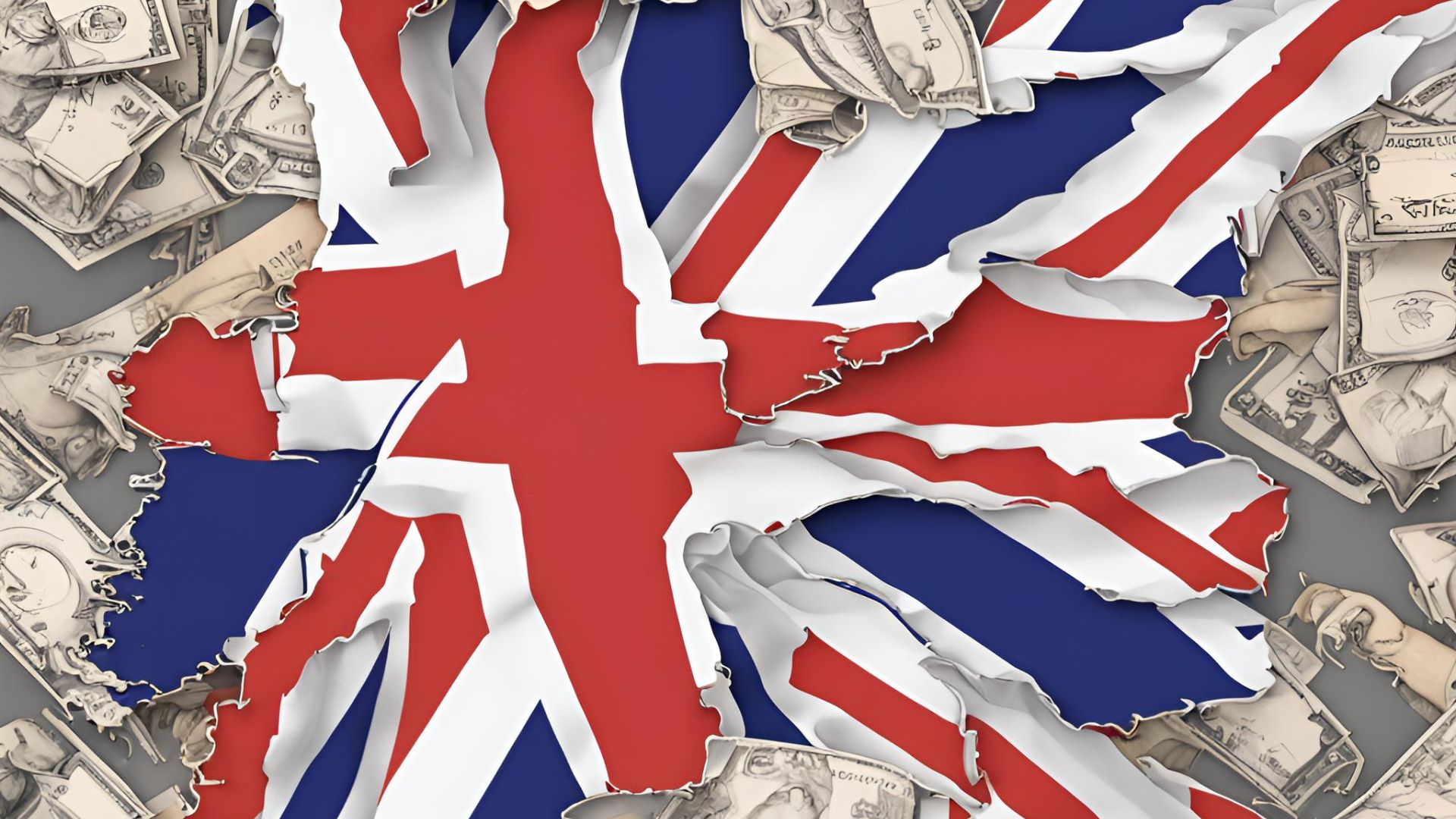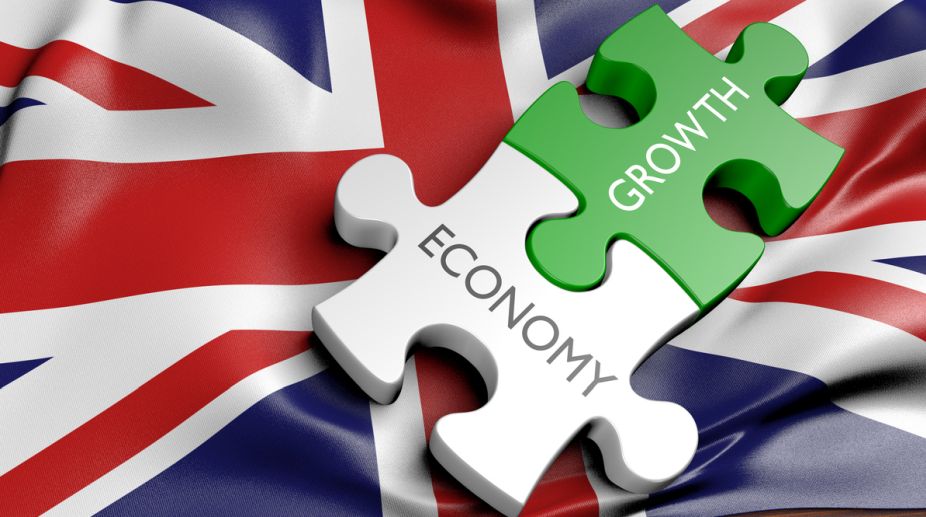In February, the U.K. gross domestic product (GDP) edged up by 0.1%, aligning with forecasts and underscoring a trajectory of tepid economic expansion. This marginal uptick contrasts with a year-on-year dip of 0.2% in GDP.
The preceding quarters of 2023 had witnessed economic contraction, formally entering the domain of a technical recession for the U.K.
Notable within the economic landscape was the 1.9% downturn in construction output, marking a notable setback from its prior contributions to growth.
Conversely, production output emerged as a significant driver, exhibiting a 1.1% increase during the same period. However, growth in the pivotal services sector decelerated, moderating from 0.3% to 0.1%.

The U.K.’s GDP increased by 0.1% in February suggesting a slow recovery from recession.
Analysts interpret these figures as conclusive evidence of the recession’s conclusion, albeit with tempered optimism. Paul Dales, Chief U.K. Economist at Capital Economics, remarked on the cessation of the recessionary phase.
However, he expressed skepticism regarding the potential for robust economic recovery, suggesting that inflation and interest rates may continue their descent, mirroring trends observed in the U.S.
Amidst global economic shifts, contrasting inflation rates between the U.K. and the U.S. have prompted reassessments of monetary policy timelines. Goldman Sachs revised its projections for Bank of England rate cuts, anticipating a reduction from five to four, commencing in June.
Simon French, Chief Economist at Panmure Gordon, emphasized the nuanced interplay between economic indicators and political considerations, particularly against the backdrop of an impending national election.
While the latest data signals an end to the recessionary phase, it also underscores the enduring challenges facing the U.K. economy, as growth remains subdued compared to pre-pandemic levels and trails behind counterparts such as the U.S.
However, there are indications of nascent improvements, particularly within sectors like manufacturing and automobile production.











































